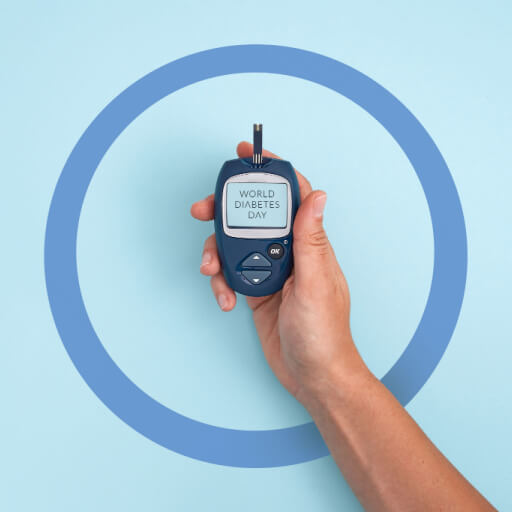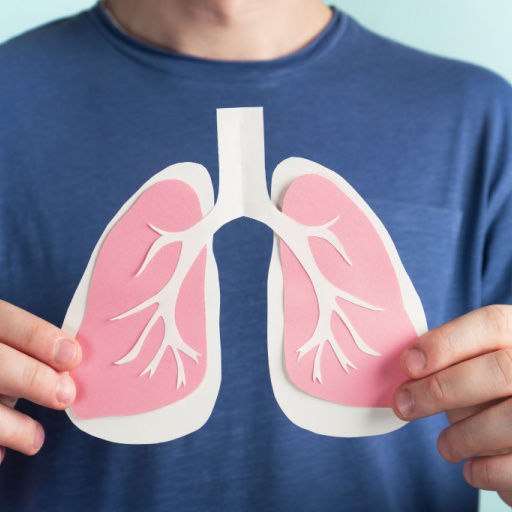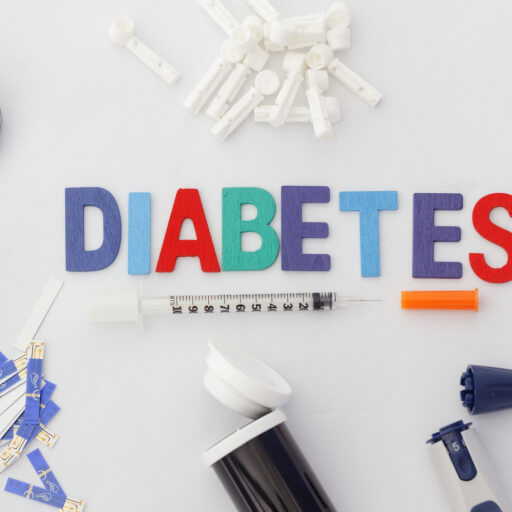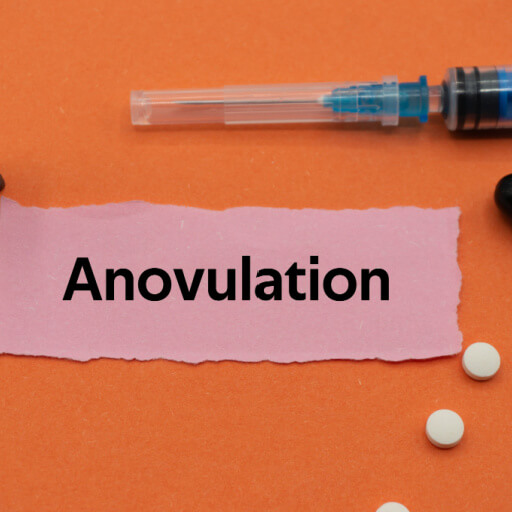
World Diabetes Day is observed annually on the 14th of November to raise global awareness of diabetes.
What is secondary diabetes?
Secondary diabetes (type 3C) and type 2 diabetes may show the same symptoms, but they are different. Type 2 diabetes results from how the body utilizes insulin, a hormone created by the pancreas. Secondary diabetes can be defined as a diabetic condition that develops after the destruction of the beta-cells in the pancreatic islets or the induction of insulin resistance associated with endocrine and nonendocrine disorders.
Endocrine disorder
The endocrine system comprises glands that secrete specific hormones that regulate metabolism, sleep, growth and development, emotions, and moods. Secondary diabetes is more common than it is diagnosed. The most common endocrine disorders associated with glucose intolerance involve the overproduction of counter-regulatory hormones that are of the opposite effect of insulin.
Nonendocrine disorders related to glucose intolerance or diabetes can be categorized into the following:
- Secondary diabetes associated with pancreatic diseases: Since the pancreas produces insulin, any disorder that affects its functioning can cause issues with blood sugar, leading to secondary diabetes. The two most common pancreatic disorders that lead to secondary diabetes are chronic pancreatitis (long-term inflammation of the pancreas) and pancreatic cancer.
- Drugs-induced diabetes: Many drugs can compromise insulin secretion and function. They cannot cause diabetes themselves, but they cause diabetes in people with insulin resistance or bring about changes in blood glucose homeostasis.
- Hormonal disorders associated with diabetes: Hormonal disorders or endocrine disorders arise when glands that release hormones are affected. Some hormonal disorders include hyperthyroidism and hypothyroidism, Cushing’s syndrome (when there are dangerously high levels of cortisol hormones), Glucagonoma (a rare tumor of the pancreatic islet cells), and others.
- Genetic disorders associated with diabetes: Genetic syndromes can cause severe insulin resistance, leading to secondary diabetes. Some genetic syndromes include cystic fibrosis, type A insulin-resistant syndrome, Wolfram Syndrome (inherited disorder causing early onset insulin-dependent diabetes), and others.
Secondary diabetes treatment
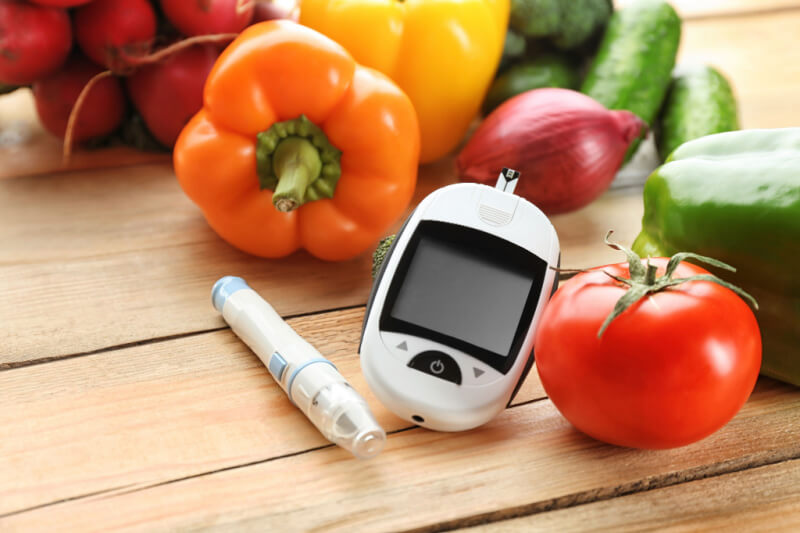
The treatment for secondary diabetes may vary depending on the cause.
- Insulin therapy is often the first treatment considered, especially for people with cystic fibrosis and endocrine disorders.
- Glucagonoma can be treated by directly targeting the tumor through chemotherapy or surgery.
- Quitting smoking and alcohol consumption are lifestyle changes that can help you contain high blood sugar levels.
- Exercise and stay active to remain physically fit and maintain a healthy weight. Practice yoga and meditation to control hypertension, reduce stress, and prevent obesity.
- Get adequate sleep to reduce the stress hormone and increase the growth hormone.
- Reduce your intake of sugar and carbohydrates. Consume a balanced diet rich in fruits, vegetables, and foods that are high in fiber, low in fat, whole grain, and nutritious to improve insulin sensitivity and reduce hunger. Low glycemic index foods allow the body to slowly release insulin, which gets used as energy instead of stored as fat.
- In the case of permanent secondary diabetes, patients can take medications to help the body control glucose levels in the blood.
- Know your family’s medical history, as some endocrine disorders are hereditary.
You can measure your blood glucose on our online Blood Sugar Calculator. Stay active in the Activ Living Community to find more details on mindfulness and fitness.





 1800-270-7000
1800-270-7000

